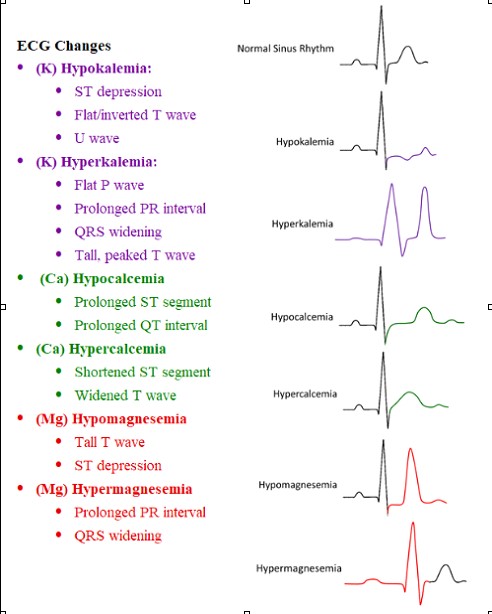A 30 year old male presents with a displaced right ankle bimalleolar fracture. He is undergoing procedural sedation in the emergency department using midazolam and fentanyl for fracture-dislocation reduction. During the procedure, he becomes apneic and hypoxic. The hypoxia improves with bag valve ventilation, but he becomes progressively more difficult to ventilate. There is absence of chest rise despite increasing positive pressure. What is the likely cause of this patient’s presentation?
A: Laryngospasm
B: Musculoskeletal stiffness
B: Opioid induced hypoventilation
C: Pneumothorax
Answer: Musculoskeletal stiffness
This patient is likely experiencing Rigid Chest Syndrome, a rare but potentially fatal side effect of synthetic opioids causing skeletal muscle rigidity. The exact mechanism is unknown but is related to the dose and administration. It is commonly seen at high doses (> 3 mcg/kg of fentanyl) and with rapid IV push but has been reported with low doses as well. Treatment includes use of propofol for muscle relaxation or naloxone for reversal of opioid agonism. Neuromuscular paralysis and intubation may be required in refractory cases.
Laryngospasm is a known adverse reaction of ketamine administration which usually responds to first-line maneuvers such as jaw thrust or bag valve ventilation. Hypoventilation is a common side effect of opioids but should not cause chest wall rigidity. While uncommon, a pneumothorax may be caused by excessive positive pressure, but at least unilateral chest rise should be visualized with ventilation.

References:
Myers JG, Sutherland J. Procedural Sedation and Analgesia in Adults. In: Tintinalli JE, Ma O, Yealy DM, Meckler GD, Stapczynski J, Cline DM, Thomas SH. eds. Tintinalli’s Emergency Medicine: A Comprehensive Study Guide, 9e. McGraw-Hill Education; 2020.
Çoruh B, Tonelli MR, Park DR: Fentanyl-induced chest wall rigidity case report. Chest 143: 1145, 2013. [PubMed: 23546488.
Patel, Nishika. “Wooden Chest Syndrome.” CriticalCareNow, 5 Aug. 2021, criticalcarenow.com/wooden-chest-syndrome/. Accessed 22 Mar. 2024.


